How Much Should You Worry About VOCs in Your Home?
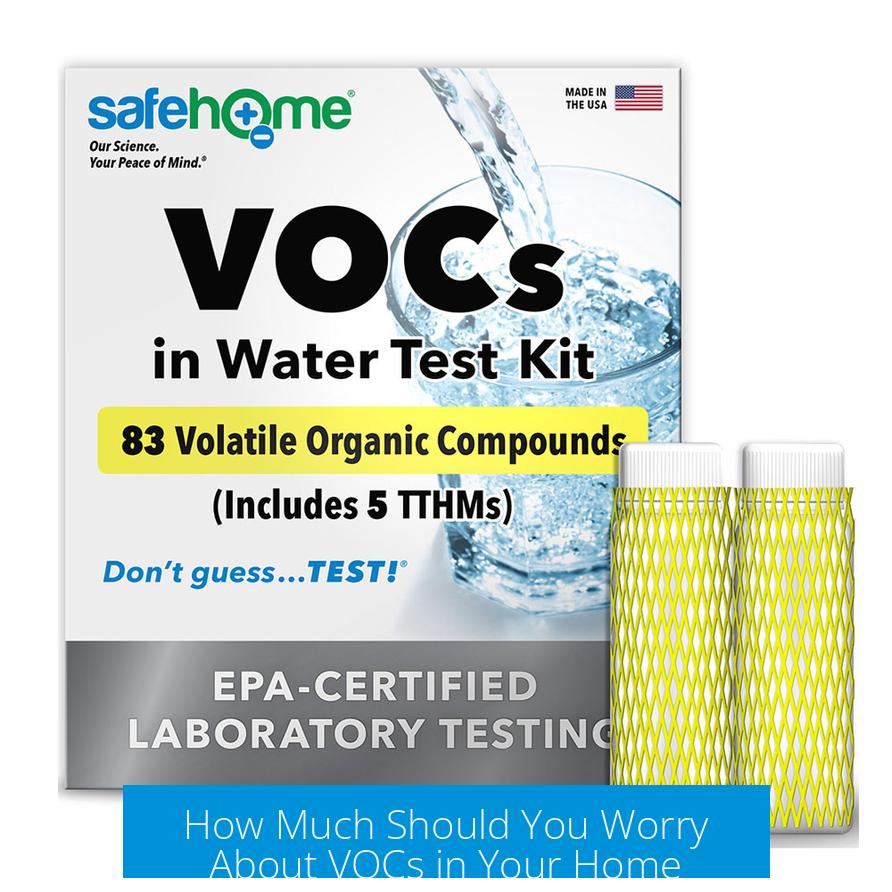
Concerns about VOCs (volatile organic compounds) in residential paints and products are common, but under normal conditions, the risk is low and manageable.
Understanding VOCs in Paint
Standard household paints contain VOCs that evaporate as the paint dries. This might create a noticeable smell for a few days. However, unless you source paint from suspicious providers, the VOC levels in modern paints are controlled and generally safe for occupants.
Exposure to VOCs from paint is typically less harmful than exposure from more common sources such as gas stoves or many household cleaning products.
How This Compares to Past Generations
VOC exposure is not a new issue. Previous generations encountered far higher levels of VOCs and other hazards, such as lead in paint and gasoline.
There is no evidence showing significant decreases in life expectancy directly linked to these exposures, indicating that common residential levels of VOCs may pose minimal health risks.
Risk Perception vs. Reality
Many people overestimate VOC dangers, fearing severe illnesses from small exposures. Scientific experience shows this is unrealistic.
Professional painters often experience greater VOC exposure for extended periods without recorded increased health risks. Basic precautions reduce any minor risk even further.
Duration and Ventilation
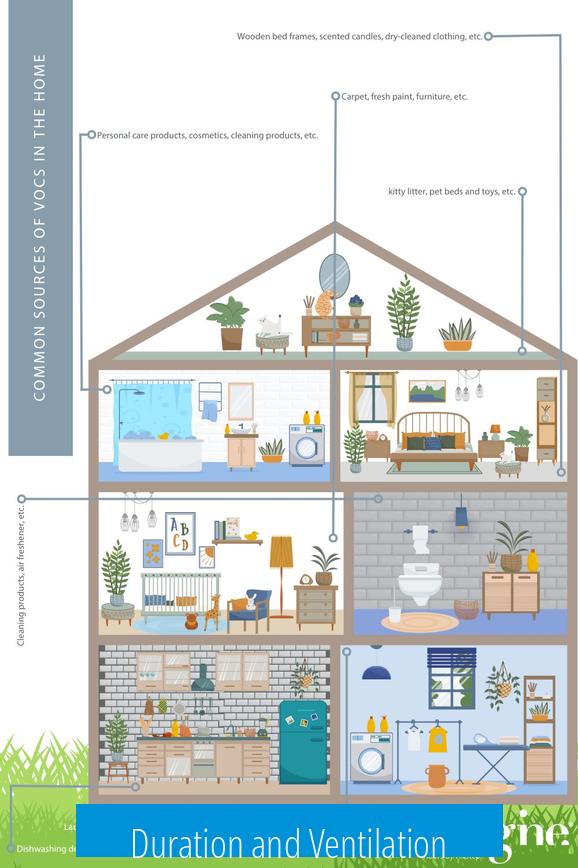
- VOCs evaporate quickly when exposed to air.
- Opening windows for ventilation dramatically accelerates this process.
- Within 24 hours of airing out a painted room, most VOCs are gone.
- After a week, VOC presence is minimal and often undetectable without sensitive instruments.
- People sensitive to VOCs should ventilate spaces thoroughly using fans and open windows.
Expert Insight
As a professional paint chemist confirms, modern paints are formulated to minimize VOC hazards, and proper ventilation effectively manages any risk.
Key Takeaways
- Normal VOC levels in household paint pose low health risks.
- Exposure is typically less severe than from common household sources.
- Ventilation is simple and effective at reducing VOC concentration quickly.
- Historical exposure suggests minimal impact on lifespan from typical VOC levels.
- Precautions such as airing out paint fumes suffice for most households.
How Much Should I Worry About VOCs in My Home?
Short answer: Not too much to lose sleep over, but smart to keep an eye on them and ventilate well. Volatile Organic Compounds (VOCs) around the house aren’t the boogeymen some folks imagine. Your paint fumes might linger a bit, but it’s unlikely they’re plotting your untimely demise.
Now, let’s unpack what’s really going on with VOCs. Should you be breathing easier or calling in a hazmat team? The truth sits somewhere in the middle, with plenty of nuance.
What Are VOCs, and Why Care?
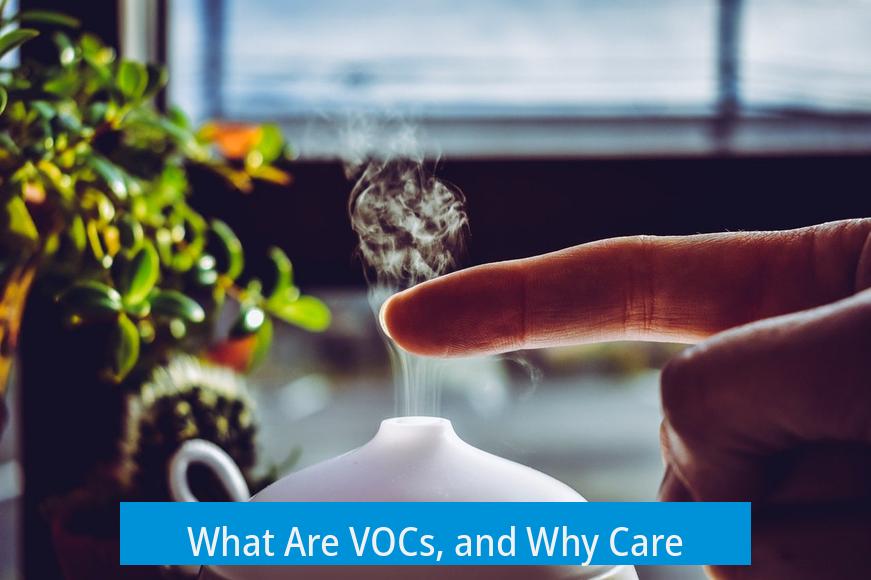
VOCs are invisible gassy troublemakers released by many household items like paint, cleaning products, furniture, and even cosmetics.
They can cause everything from mild headaches or irritated eyes to, in long-term heavy exposure, issues like respiratory troubles or—on the more serious end—cancer. Yes, it sounds scary when scientists mention these health risks.
But here’s the kicker: the level of VOCs inside your home usually pales in comparison to other daily sources, like your gas stove or certain cleaning sprays.
Historical Perspective: Our Parents’ Homes Didn’t Explode in VOCs
Think of your grandparents’ home. They lived in places filled with leaded paint and gasoline fumes, toxic chemicals we avoided today. Yet… they survived (and arguably thrived), despite what we now know are hazardous exposures.
This odd reality tells us two things: first, we’ve learned better since then, and second, the dangers of VOCs at typical household levels aren’t catastrophic blowouts, but something to manage rather than fear.
So, don’t imagine your home as a toxic wasteland just because you painted the bedroom last weekend.
The Real Risk: Perception Versus Reality
Pop culture and casual conversations sometimes turn VOCs into a horror story. You might picture tiny chemical villains invading your lungs, planning to make you sick immediately.
But science paints a different picture. If a painter, who spends hours or days inhaling more VOCs than you ever will, comes out fine, your home exposure is relatively minor. Sure, take common-sense steps, but don’t panic.
Ventilation: Your Best Defense Against VOCs
If you just painted a wall or brought home new furniture, here’s a simple trick: open the windows. Fresh air dilutes VOC levels fast.
Within a day of good airflow, most VOCs fade into near invisibility; a week later, you’d need lab equipment to detect any trace. By two weeks, they’re pretty much history.
Running a fan and cracking a couple of windows makes a huge difference—especially if someone in your household has sensitivities.
Expert’s Take: A Paint Chemist’s Perspective
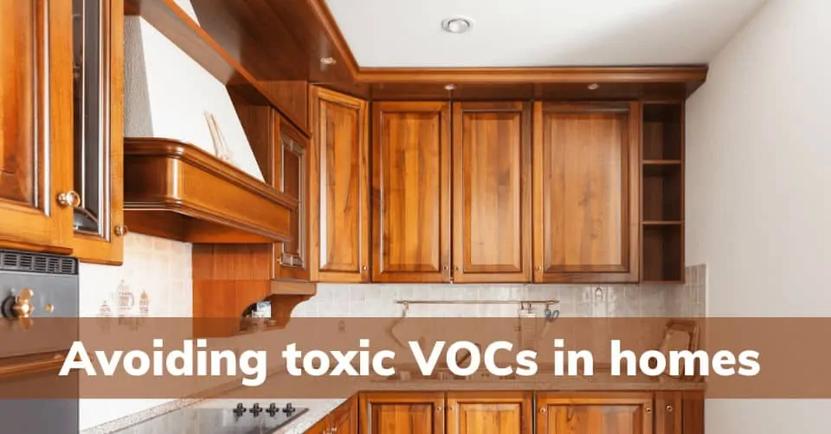
A chemist working with paints weighs in: “Unless you purchased paint from a sketchy alley vendor, your paint’s VOC levels are generally safe.” The smell might stick around, and sure, inhaling chemicals isn’t ideal, but the risk to your health in routine home use is low.
The periodic smell of fresh paint is more a nuisance than a health crisis. If you’re applying paint, just air the room and move on.
Everyday Sources of VOCs: More Than Just Paint
- Paint and Flooring: The biggest offenders in off-gassing immediately after use, but their VOCs dissipate quickly with ventilation.
- Furniture: Composite wood and foam often emit formaldehyde and other VOCs, but these emissions are generally low-level and decrease over time.
- Cleaning Supplies and Air Fresheners: Frequent and notable VOC contributors. Using fragrance-free or eco-certified products lowers exposure.
- Carpets and Adhesives: VOCs mainly come from adhesives and backing, so selecting low-VOC materials helps.
- Other Household Items: Hair spray, dry-cleaned clothes, hobby adhesives, and pest repellents all sneak VOCs into your air.
Fun fact: Even your candles might be quietly contributing to your VOC budget!
Regulation and Awareness: The Shifting Landscape
The EPA bans the worst offenders like methylene chloride, but it can’t fully police VOCs in indoor air. Think of it like trying to catch a thousand ants with a single broom—it’s tough.
Plus, we spend over 90% of our time indoors, and with the rise of scented products and synthetic materials, VOCs are more common indoors than outside—sometimes 2-5 times higher!
Still, remember, just because something sounds technical or scary doesn’t mean it’s a direct threat at typical levels.
How to Take Control and Feel Better
- Ventilate Regularly: Open windows or use fans when possible. Your indoor air responds quickly to fresh airflow.
- Choose Low-VOC Products: Look for certifications like Green Seal, FloorScore, or Greenguard when buying paints or building materials.
- Use Eco-Friendly Cleaning Supplies: Go fragrance-free or buy products labeled safer by independent organizations.
- Limit Air Fresheners: These often release VOCs intentionally for scent. Consider essential oils in moderation or skip the scent altogether.
- Be Smart About Storage: Avoid buying in bulk to lessen the chance of VOCs off-gassing from old containers. Store chemicals in garages or sheds away from living spaces.
- Monitor Your Air Quality: For peace of mind, invest in a home air quality monitor that tracks VOC levels and alerts you to spikes.
- Trust Your Nose: If something smells weird or strong, that’s a pretty reliable sign VOCs are present. Ventilate accordingly.
Still worried? Let’s get a little perspective…
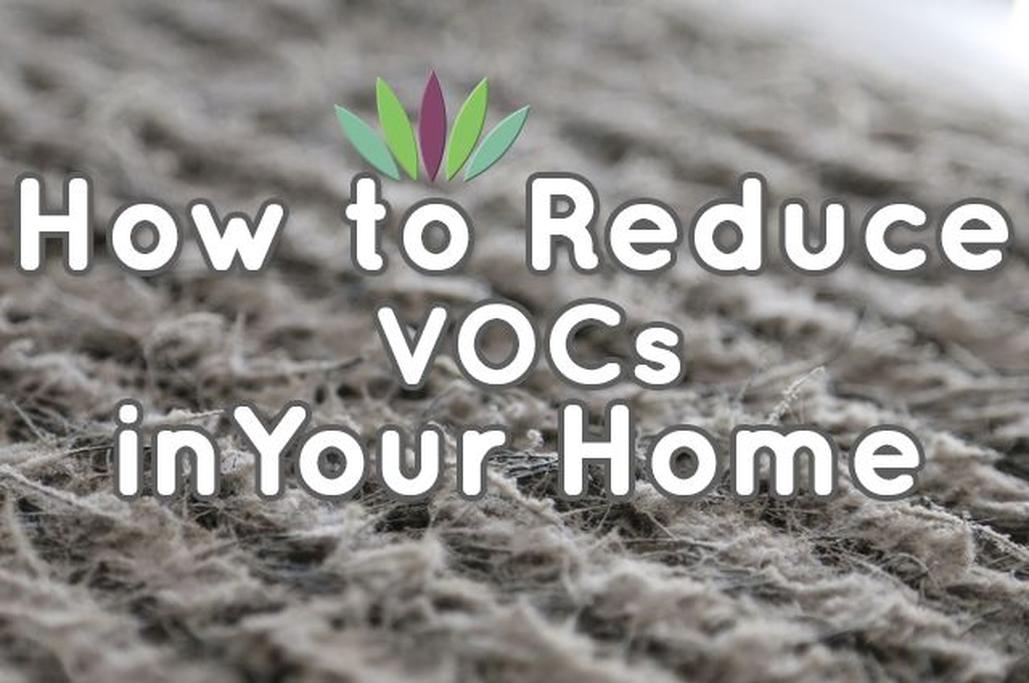
Imagine a building with typical “bad” air quality. Harvard and Syracuse researchers found that people working there scored 61% lower on cognitive tests than those in a low-VOC building. But add ventilation to that low-quality building, and cognitive scores jump by 101%! That’s some serious brain boost just from fresh air.
So while VOCs deserve attention, your brain will thank you first and foremost for cracking a window. It’s a quick and easy solution without the drama.
Wrapping It Up
How much should you worry about VOCs? As little as you need to while taking simple smart actions. The invisible vapors don’t need to be your nemesis, but they are worth managing. Ask yourself: Are you feeling unusually irritated after painting or cleaning? Ventilate. Do you bring home a miracle product that smells funny? Ventilate and research it a bit.
Your home isn’t a chemical warzone. It’s just a busy, lived-in space that occasionally tosses a handful of VOCs your way. Using low-VOC products, airing out rooms, and avoiding heavy fragrances are all you really need — and your lungs can thank you for it.
Here’s a final thought: VOCs are part of your home’s unseen ecosystem but don’t deserve the reputation of silent assassins. They’re more like tiny chemical guests you politely show the door now and then.
So go ahead—paint that wall, clean the kitchen, and live indoors without fearing every fresh smell. Remember: a little fresh air is your best defense, and your home will be fine.
What level of health risk do VOCs in home paint pose?
The health risk from VOCs in paint used at home is very low. Exposure to these VOCs is usually less harmful than common sources like gas stoves or cleaning products.
How do VOC risks today compare to past generations?
Past generations used higher VOC products without major health drops. Low VOC paints are newer, but the older exposure levels were still generally safe based on life expectancy trends.
Can short-term exposure to VOCs cause serious harm?
Short-term or minor exposure to VOCs is unlikely to cause severe effects like cancer. Precautions help, but most people tolerate typical household VOC levels without issues.
How long do VOCs remain in the air after painting?
Most VOCs fade quickly. With good ventilation, levels drop dramatically within a day. After a week, VOC presence is almost undetectable, and within two weeks, they’re gone.
What steps can I take to reduce VOC exposure indoors?
Open windows and use fans to ventilate. This speeds up VOC dissipation. Closed cans or containers don’t release VOCs, so focus on airing out freshly painted rooms.



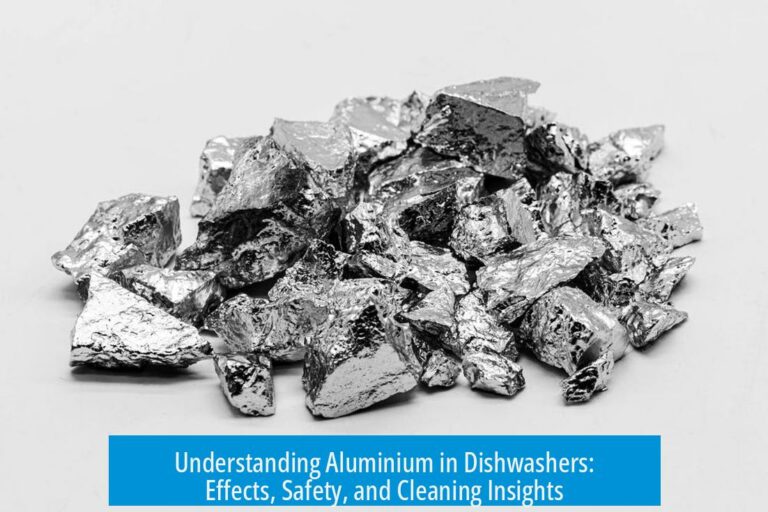

Leave a Comment